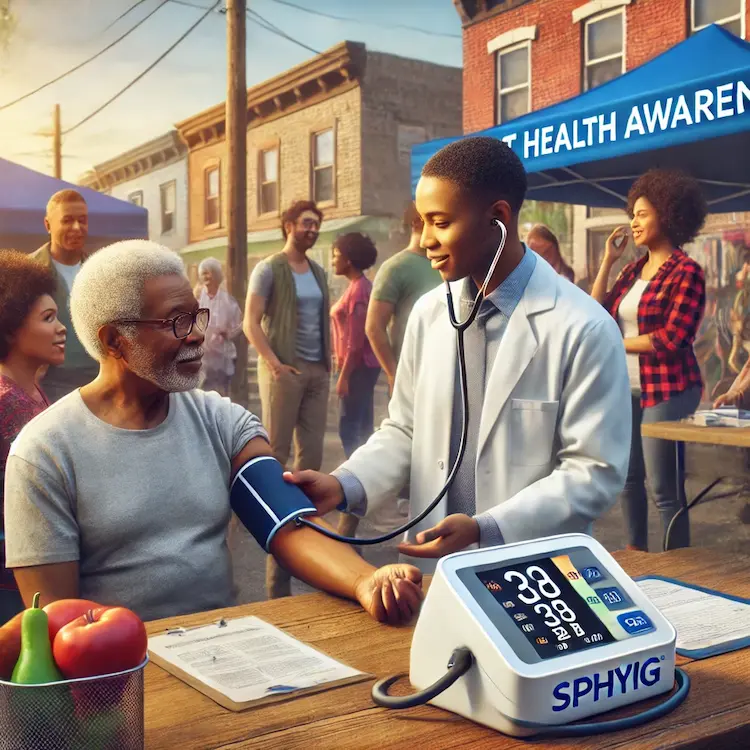High blood pressure, or hypertension, is a silent threat affecting millions of people worldwide, but African American communities face disproportionately higher risks. Studies show that African Americans develop hypertension earlier in life, experience more severe complications, and have higher mortality rates linked to cardiovascular diseases. Regular blood pressure monitoring is crucial in managing and preventing these issues.
Sphyg, a trusted supplier of clinically proven health monitoring equipment, plays a critical role in making regular blood pressure checks accessible and reliable. This article explores the importance of routine monitoring, its impact on health outcomes, and how different tools contribute to better cardiovascular health in African American communities.
Hypertension is often called the “silent killer” because it develops without noticeable symptoms. Many people are unaware they have high blood pressure until they suffer from a stroke, heart attack, or kidney failure.
For African Americans, the risks are even greater due to genetic predisposition, dietary factors, socioeconomic barriers, and limited access to healthcare. The statistics paint a concerning picture:

Regular monitoring allows individuals to track their blood pressure levels, identify trends, and take preventive action before a crisis occurs. Devices like Sphyg’s clinically proven monitors ensure that individuals can manage their health effectively at home.
Hypertension is the leading cause of heart disease and stroke, the number one and number three causes of death among African Americans. Uncontrolled blood pressure strains the heart, leading to conditions such as:
African Americans are three to four times more likely to develop end-stage kidney disease than white Americans. High blood pressure damages the kidneys over time, leading to dialysis or the need for a transplant.
The financial cost of hypertension is substantial. Individuals with high blood pressure face higher medical bills, medication costs, and loss of productivity. Communities with limited access to healthcare facilities struggle to receive timely intervention, worsening long-term outcomes.
Chronic stress and racial health disparities contribute to hypertension. Socioeconomic factors such as job stress, discrimination, and inadequate healthcare access make it harder for African Americans to manage blood pressure effectively.
There are several ways to monitor blood pressure. Understanding the advantages and limitations of each can help individuals choose the best method for their needs.
| Monitoring Method | Pros | Cons |
|---|---|---|
| Oscillometric Monitors (Digital BP Monitors) | Easy to use, provides automatic readings | Can be expensive, battery-dependent |
| Mercury Sphygmomanometer (Manual BP Monitor) | Most accurate, used in clinical settings | Requires training, risk of mercury exposure |
| Aneroid Sphygmomanometer (Manual BP Monitor) | Affordable, widely available | Requires skill, prone to user error |
| Ambulatory Blood Pressure Monitoring (ABPM) | Provides continuous readings over 24 hours | Not commonly available, costly |
| Smart Wearable Monitors | Tracks BP trends, integrates with apps | Expensive, may lack clinical accuracy |
Among these options, oscillometric digital monitors, like those from Sphyg, offer ease of use, reliability, and home-based monitoring—perfect for regular self-checks in African American communities.
Taking control of blood pressure requires consistent monitoring and lifestyle changes. Here are some practical strategies:

Hypertension remains one of the most pressing health challenges for African American communities. Regular blood pressure monitoring with clinically proven devices, such as those offered by Sphyg, can make a significant difference in early detection and prevention.
By integrating home monitoring, lifestyle changes, and proactive healthcare, individuals can take control of their health and reduce the long-term risks of heart disease, kidney failure, and other complications.